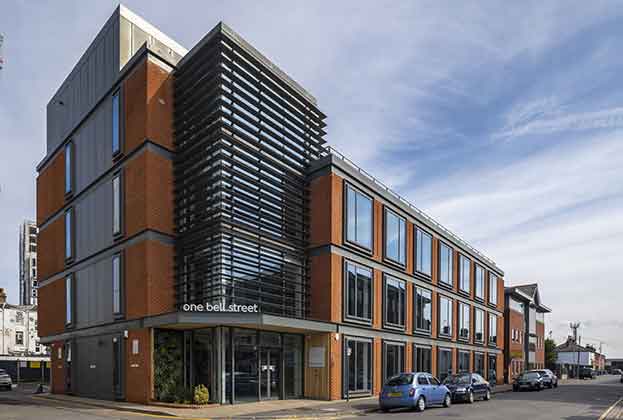Despite uncertainty in the wider economy at the end of last year, the performance of the regional office market was strong with Q4 take-up 3 per cent above the five-year average.
Following a two-year period dictated by a rise in home working and flexible arrangements, coupled with a flight to quality and shrinking office footprints, we have recently started to see more and more occupiers nailing their real estate colours to the mast…indecision is so 2021. So what does the rest of this year look like for the office market?
Market polarisation as ‘super prime’ flies
A continued migration of employees back to offices is putting increasing pressure on businesses to deliver the very best employee-focussed workspace. As a result the need for wellness space has never been greater and, when considered alongside the requirements to meet sustainability objectives, this all points to an ever growing demand for ‘super prime’ office space.
We will see a widening of the gap between prime and 'standard' Grade A, with upward pressure on prime rents, a slowing leasing velocity and increasing void rate in vanilla offices masquerading as Grade A. Even more dramatic will be the increasing number of office assets across the UK that will become stranded. 2023 will see the best get better, but without investment the average will get worse.
Should I stay or should I go…..
We already know that occupier requirements have advanced, but how this impacts their decision-making process when it comes to renewing or relocating will be key this year. Driven by an appetite for more modern space that will help in the battle to retain and attract talent, as well as potentially reducing footprints, we are likely to see more businesses seek to relocate and not renew.
However, all of the big six regional office markets (Birmingham, Bristol, Edinburgh, Glasgow, Leeds and Manchester) have less than two years of ‘prime’ supply, which we classify as undersupply. This lack of new available stock across the UK office market may prevent some of these relocations happening. Birmingham, Edinburgh, Glasgow have some of the tightest office development pipelines in the country.
The future is flex
Over the past couple of years we have seen a number of forward-thinking landlords recognising the benefits of flexible office space and become early adopters of including it within their overall office offer. As we move further into 2023, we expect this trend to continue as the need for agility that allows occupiers to scale up and down as required, becomes a vital requirement. This will either be through landlords offering flex space directly or through a serviced office operator.
We also anticipate that significant service charge inflation will play a part in some businesses looking to reduce footprints by circa 10 per cent as they grapple with the conundrum of rising costs vs the need for quality. The provision of flexible space in the same building as conventional offices will not only provide an ability to flex up and down, but it will also act as insurance against businesses who may underestimate the desire and need of colleagues to be in the office.
.jpg)




.jpg)

.jpg)
.jpg)

(1).jpg)